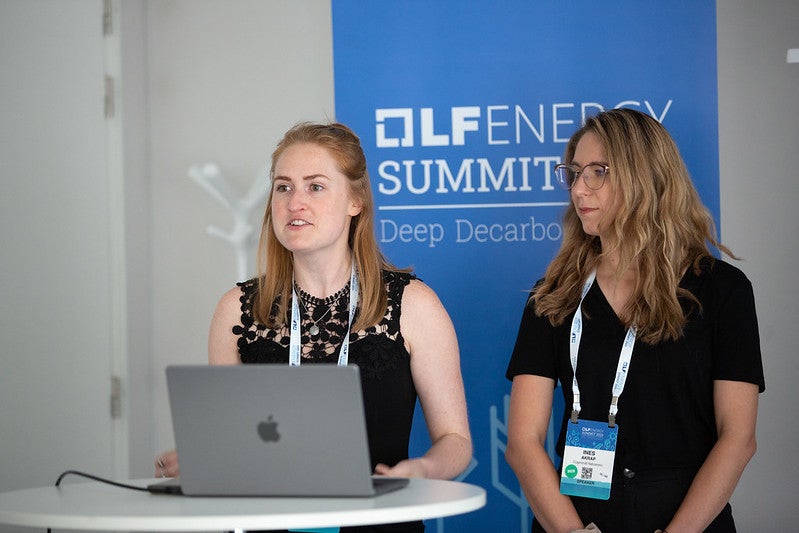In a session at LF Energy Summit 2023, Claire Thornewill and Ines Akrap, experts from Cognizant Netcentric, delved into the critical topic of designing energy-efficient websites (video follows below). With the digital landscape rapidly expanding and online activities becoming more integral to our lives, the duo shed light on the often-overlooked environmental impact of the internet and shared insights on how to create websites that are both user-friendly and environmentally conscious.
Unveiling the Environmental Reality of the Internet
The session began by uncovering a startling statistic – approximately 4% of Global Greenhouse emissions are attributed to the internet. This highlights the significant carbon footprint generated by our online activities. Contrary to common belief, the internet’s virtual nature doesn’t spare it from being physically connected to energy-intensive infrastructure, challenging the perception that digital activities are inherently green.
Website Impact and Carbon Emissions
The presenters drew attention to the environmental impact of individual web pages. An average web page size of 2.2 MB, multiplied by a modest thousand monthly views, results in 26.4 GB of data transfer per year, emitting around 9.5 kg of carbon emissions. The scale amplifies when applied to the entire internet, with 30 billion indexed web pages contributing significantly to carbon emissions, even with conservative estimations of page views.
Sustainable Web Design Model
Thornewill and Akrap introduced the Sustainable Web Design model as a solution to the energy conundrum. This model, collaboratively developed by various companies and organizations, acts as a proxy for data transfer. It focuses on optimizing various aspects of web design to minimize energy consumption, offering options like one-byte models and Sustainable Web Design models. Content delivery networks (CDNs) were also advocated for, as they contribute to reducing energy-intensive data transfers.
Optimizing User Experience and Financial Benefits
The duo emphasized that designing for sustainability also enhances user experience and offers monetary benefits. Progressive enhancement, optimizing images and fonts, and being cautious about the use of JavaScript were highlighted as strategies to improve site performance while saving energy. Browser caching was suggested to minimize repeated data transfers, thus benefiting both users and the environment. The financial gains from increased conversion rates and reduced bounce rates served as an added incentive to embrace sustainable practices.
Bridging the Knowledge Gap
Thornewill and Akrap raised an important point about raising awareness among business leaders. They stressed the need to involve individuals responsible for the business side of websites in conversations about sustainability. While software and web performance are often scrutinized, it’s equally important to engage with stakeholders who influence the reasons behind website creation.
